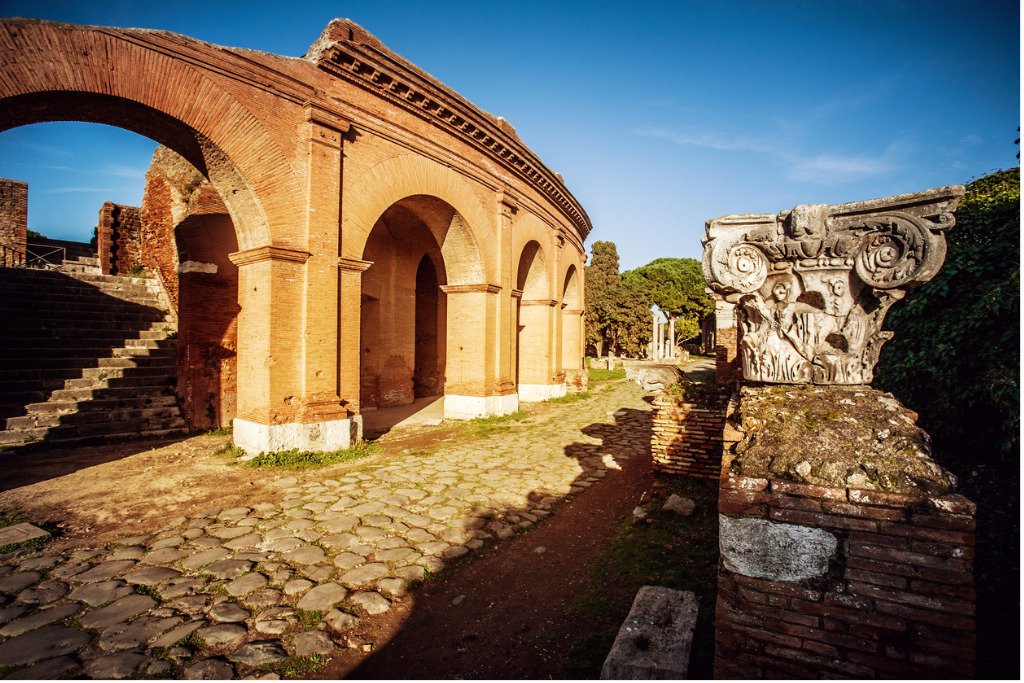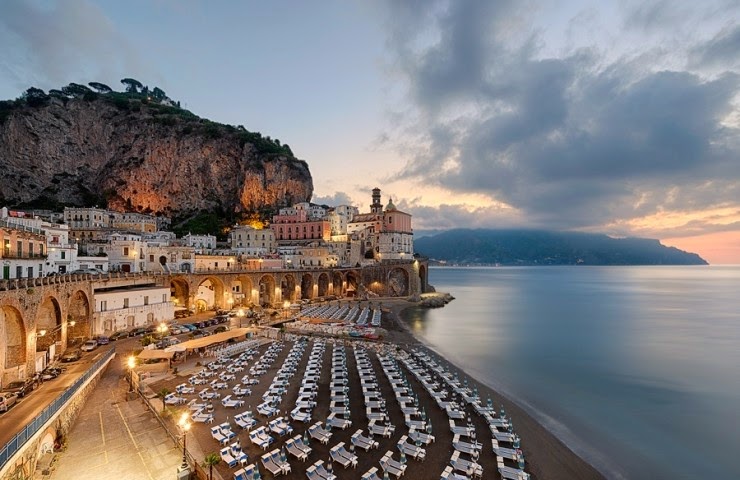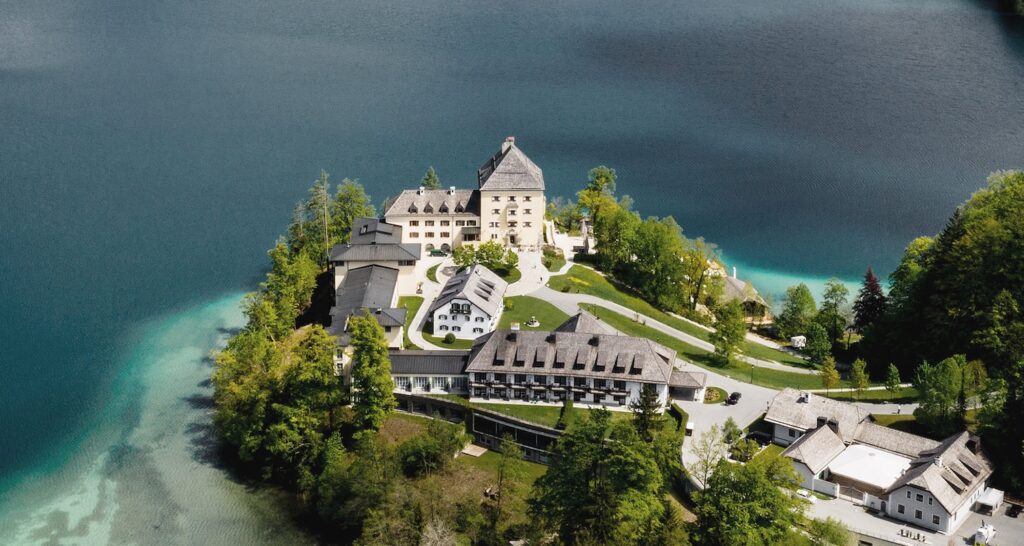The European Heritage Label has been awarded to ten new sites that have played a significant role in the history and culture of Europe or the building of the European Union. The awards were announced on 31 March 2020.
These are the new sites awarded in 2020:
Archaeological Area of Ostia Antica (Italy)
Underwater Cultural Heritage of the Azores (Portugal)
Colonies of Benevolence (Belgium, the Netherlands)
Living Heritage of Szentendre (Hungary)
Kynžvart Castle – Place of diplomatic meetings (Czech Republic)
Site of Remembrance in Łambinowice (Poland)
Zdravljica – the Message of the European Spring of Nations (Slovenia)
Werkbund Estates in Europe (Austria, Czech Republic, Germany, Poland)
Chambon-sur-Lignon Memorial (France)
The Three Brothers (Latvia)
What is the European Heritage Label
The European Heritage Label is awarded to sites that are milestones in the creation of today’s Europe. Spanning from the dawn of civilization to the Europe we see today, these sites celebrate and symbolise European ideals, values, history and integration.
The Label aims to enhance the understanding and appreciation of the European Union’s shared and diverse heritage, especially amongst the younger generation. It also contributes to strengthening European citizens’ sense of belonging to the Union.
How the European Heritage Label is awarded
A European panel of independent experts from across Europe recommended the ten sites out of 19 pre-selected by participating Member States under the 2019 EU selection.
With the ten new sites awarded in 2020, there are 48 sites in total across Europe.
What makes the European Heritage label unique and how is it different from the UNESCO World Heritage List? There are three key differences:
- European Heritage sites bring to life the European narrative and the history behind it. They are about much more than just aesthetics
- The focus is on the promotion of the European dimension of the sites and providing access to them. This includes organising a wide range of educational activities, especially for young people
- European Heritage sites can be enjoyed singly or as part of a network. Visitors can get a real feel for the breadth and scale of what Europe has to offer and what it has achieved










